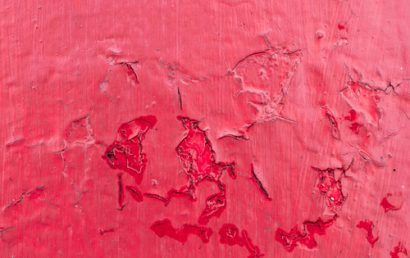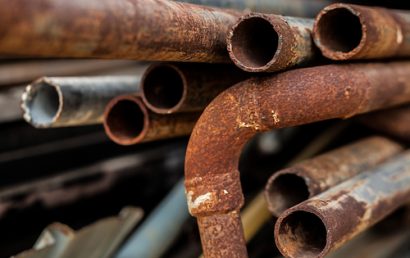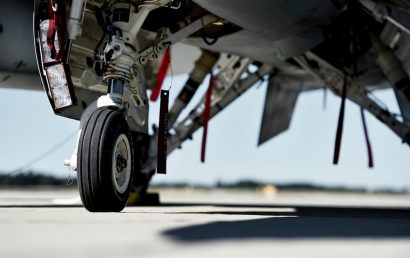Are You Using The Correct Protective Mining Equipment Coatings?
To provide wear fortification for metal equipment, protective mining equipment coatings are used in the ore and mining processing industry. Corrosion and abrasion are the industry’s most common wear issues. Today, numerous technologies are available when selecting a protective coating option. To simplify the selection, you must define the needs of the application.
Here, we will examine how to determine the best solution by looking at an application’s associated environmental conditions.
In the mining environment, there are particular types of metal wear. Most prominent, however, is abrasion, which has the following classifications:
- Scratching abrasion (low stress) with erosion corrosion
- High stress grinding abrasion
- Gouging abrasion
First, various criteria must be considered within each process area in an attempt to select the most appropriate technology for wear resistance. The following will break down these classifications and examine them closely.
Scratching Abrasion (low stress) with Erosion Corrosion
Types of equipment typically involved: cyclones, agitators, chutes, and slurry pumps.
Wear problems: Smaller, free-flowing particles move across a surface and impinge upon that surface. On a micro scale, but similar to that seen in gouging wear, these particles can be responsible for cutting and plowing grooves.
Typical environment: Variable.
Best selection: In a low angle of impingement conditions, to impart high hardness surfaces, alumina ceramics are used.
High Stress Grinding Abrasion
Types of equipment typically involved: grinding mills and crushers.
Wear problems: To liberate the valued ore from the gangue, a size reduction process is involved. During this process, between two opposing faces, abrasive particles are compressed.
Typical environment: varying pH, slurry.
Best selection: To resist fracture, an alloy with high levels of martensite (a form of iron) is used.
Gouging Abrasion
Types of equipment typically involved: crushers, excavators, and drag line buckets.
Wear problems: Indicated by the possible removal of metal fragments of sizable dimensions, gouging involves gross surface indentation. Under high load, abrasive ore is driven into the equipment. Particles greater than 6 inches, which are extremely course, launch an abrasive attack which is responsible for plowing and shearing.
Typical environment: mostly dry.
Best selection: In low angle of impingement conditions, to impart high hardness surfaces, alumina ceramics can be used. If ceramic’s brittle nature is expected to present a problem, it can be replaced by urethane or rubber (a softer elastomeric) or reinforced epoxy (polymeric) coating. Fracture can be prevented with these materials because of their ductile nature. However, as particles move across and over a surface, they are still sufficient to resist scratching and sliding affects.
The Best Way to Protect Mining Equipment
At A&A Coatings, we understand that some of the harshest working conditions in the world exist in mines. Machinery used in this industry is prone, on a regular basis, to excavation corrosion, abrasion, and impacts. Sooner than projected, mining equipment can reach the end of its life if not adequately protected. That’s why it is essential that thermal spray coatings be used on all types of mining machinery and equipment to combat abrasion, corrosion, and wear. Those three problems can skyrocket operational costs and reduce efficiency in environments where mining is executed.Contact us at A&A Coatings to find out how to best protect your mining equipment.



